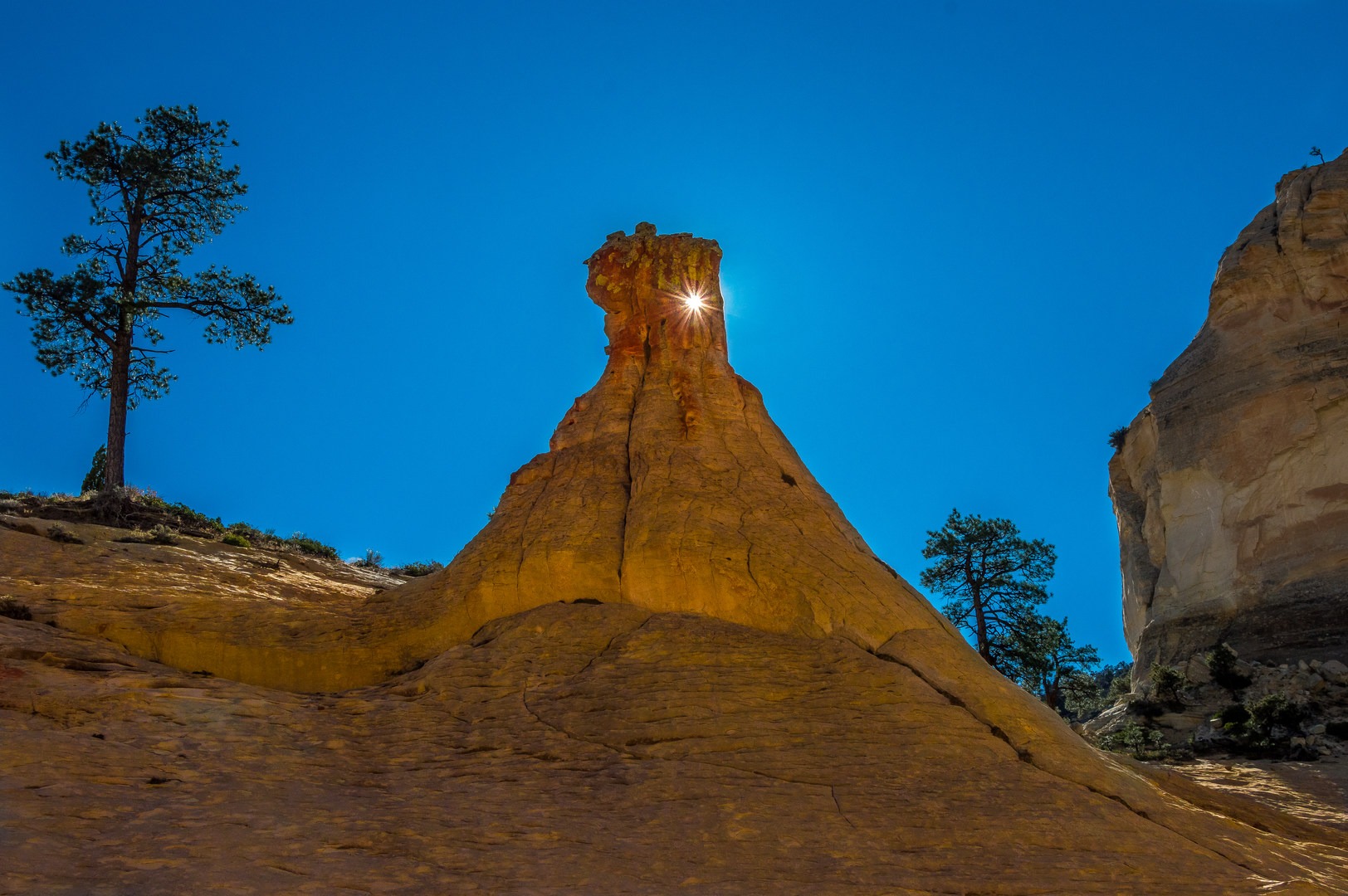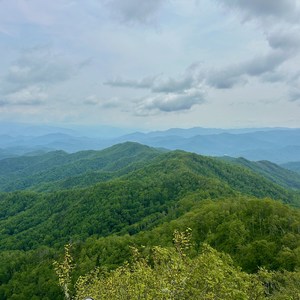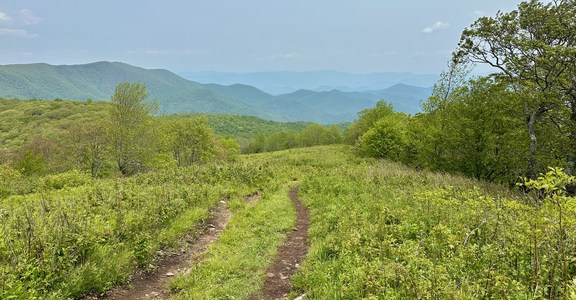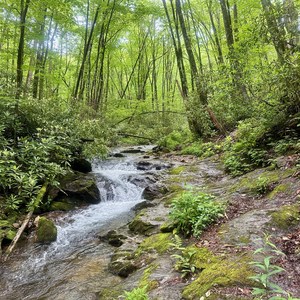You are here
How will you spend the longest day of the year?
What is it
June 21 is this year’s summer solstice, when the sun spends the most time in the sky and we see more sunlight than on any other day. This means the longest twilight hours of the year during the morning and evening of that day, and at noon when the sun is highest you will see your shadow shorter than it can be at any other time of the year. Although the duration of days before and after the solstice are just a few seconds shorter, the June solstice is symbolic as the start of summer and the height of adventure season, so get out and make the most of it!
Here are some suggestions for what to do on the summer solstice, including ideas for a personal adventure challenge, holidays to celebrate, and festivals to attend, followed by a scientific explanation of the solstice.
What to do
Adventure
On the summer solstice, longer daylight and twilight means you’ll be able to see without a headlamp for longer than on any other day, so why not maximize your time outside? If the goal of a multi-sport adventure or endurance challenge appeals to you, this is the perfect time to do it. Try combining as many of your favorite activities as you can in a day, or go the extra time and distance that you’ve never gone before.
This year, the solstice falls on a Wednesday, but those of us who work a full day still have no excuse to not go outside while there are still plenty of hours of daylight after 5 p.m. This could be the day to challenge yourself to a full outdoor adventure even after leaving the office. If you’d prefer a whole day for outdoor pursuits, or if you’d rather attend one of the solstice events described below, no problem. The weekends before and after June 21 will have nearly as much daylight as the solstice itself, so get after it then.
Holidays
To add to the many reasons to be happy on the summer solstice, some international holidays are aligned, not coincidentally, with the longest day of the year. 21 June is World Music Day, an all-day celebration designed to bring people together and get outside, whether in the street or in nature, and enjoy the common language of music. Originating in France but now popular in many countries, melodies of the Fête de la Musique will be heard in many U.S. cities and campgrounds this coming solstice.
Another celebration established on this date is the International Day of Yoga, officially recognized by the United Nations since 2015 as a time to honor this ancient Hindu tradition as well as the pursuit of balance and well-being worldwide. So spread your mat with a view of the horizon and join millions around the world who will be saluting the sun on this significant day. You can celebrate on your own, with friends, or join public practices happening in your city.
Events
If you live near any city, chances are there is a summer event happening near you during the week of the solstice. Here are some notable celebrations in major U.S. cities that you can attend, or find something similar where you are.
Portland
If you’re in the area, don’t miss out on our very own solstice celebration, the Outdoor Project Summer Solstice Block Party! This is happening on June 17, the Saturday before the solstice, because we wouldn’t want to conflict with your big adventure day on the solstice proper. Come to Ecliptic Brewing in the Mississippi District for an afternoon of live music, fun games, good beer, and adventure inspiration. The event benefits the nonprofit Adventure Without Limits, dedicated to providing equal opportunities for outdoor experiences.
Seattle
The Fremont Arts Council puts on a the famous Solstice Parade in Seattle, and this year it is happening on Saturday, June 17. A unique public expression of creativity, the parade invites anyone to contribute their pure, human-powered art--no motors, printed words, or logos allowed. The display is followed by a classic get-together with music, food trucks, and beer at Gas Works Park.
New York City
A special event to relish the summer and the International Day of Yoga takes place each year in Times Square, where yogis the world over will gather in the heart of the city to celebrate their practice. Always a hub for lively festivities and often called the Crossroads of the World, Times Square is the perfect place to center yourself on the solstice and join this global expression of “Mind over Madness.” June 21 will feature yoga in the Square from sunup to to sundown, with free classes happening all day from expert instructors.
Santa Barbara
Santa Barbara has a long-standing tradition of celebrating the solstice, and it hosts an event that many others have been modeled after. People come from around the world to join the artistic display of floats, costumes, music, and performances, and participate in the parade or creativity workshops. Each year features a theme, and this year welcomes artistic interpretations of Celebrating Unity. The festival takes place between June 23 and June 25, and there is a parade at noon on June 24.
Find a Solstice Marker
The significance of the solstice is not a strictly modern phenomenon. In fact, it seems that humans have always been fascinated with the cosmos and in tune with the changing of the seasons and the position of the sun. For as long as we have recorded history, we have records of ancient cultures recognizing the solstice. One way we know this is through the discovery of “solstice markers” that evidently were created to align with the sun on these special days of the year. The most well known is Stonehenge in England, where huge stone blocks were inexplicably erected more than 5,000 years ago and positioned to align with the rising sun on the summer solstice and the setting sun on the winter solstice.
Other solstice markers are less impressive in scale, but they indicate a similar appreciation and understanding of the sun’s path across the sky. In the rainforests of Mesoamerica, Mayan architects built huge structures that also served as solar calendars, aligning in significant ways with the sun throughout the year. The most famous of these is the large pyramid temple at Chichen Itza, where the setting sun on the spring and fall equinoxes forms the shadow of a giant serpent on the stairs.
Indigenous people in North America left solstice markers as well. Most of these have been found in the form of drawings on rocks. Petroglyphs and pictographs that align with the sun exist in many rock art sites, though you may never realize their significance if you don’t see them at just the right time on just the right day of the year. Some of the best places to see them are Hovenweep National Monument, Arches National Park, or Petrified Forest National Park--which even has a summer solstice event of its own, with a ranger-led hike to a spiral-shaped petroglyph that gets perfectly bisected by a beam of sunlight during the solstice.
How it works
Here's the science. The four seasons are the result of Earth’s tilt. The path of our planet’s orbit forms a plane around the sun, or a perfectly flat surface if you were able to fill in the oval created by its path of orbit. One time around the sun marks one calendar year, but days and nights happen as a result of the Earth’s rotation. As we revolve around the sun, our planet also constantly rotates on its own center axis. This axis is not perpendicular to the orbital plane, however; it is tilted, and the angle and direction of tilt do not change (very much) as the planet travels around the sun. This means that on one side of the orbit, one hemisphere is more directly facing the sun than the other, and vice versa on the opposite side of the orbit. When the Northern Hemisphere is tilted toward the sun, the Southern Hemisphere is tilted away. This creates longer days and warmer temperatures (summer) in the north, while shorter days and colder temperatures (winter) in the south. Because the speed and direction of Earth's movements stay the same, the position of the sun overhead, as seen from any given point on the planet, is calculable for any day and time of the year.
The “height” of the sun refers to its position overhead relative to an observer, and it depends on the degree to which the location of that observer is tilted toward the sun. On June 21, the sun will move precisely along Earth’s line of latitude that is equal to the angle of axial tilt, which is about 23.5°. This latitude is known as the Tropic of Cancer, and it is the northernmost place on Earth where the sun can ever be seen directly overhead, which is at solar noon on the summer solstice only. Because the sun is following its “highest” possible path on this day, it means the orb is above the horizon for the longest amount of time. The amount of daylight increases as you move up in latitude, even though the sun is lower on the horizon. This is because the circumference of the planet (measured perpendicular to the axis of rotation) shrinks toward the top of the sphere, and less of its surface can be shaded from the sun when this hemisphere is tilted toward it. The significance of the Arctic Circle is that it is the southernmost line where the sun can be seen above the horizon for a full 24 hours, which is on the summer solstice only. It is also, correspondingly, the southernmost point that ever gets 24 hours of no sun above the horizon, which is on the December solstice.
Where to go
The Tropic of Cancer, where you can see the sun pass directly overhead on the solstice, does not cross any land in the U.S. You would have to go to to central Mexico, the tip of the Baja Peninsula, or The Bahamas to stand right on it, but the Florida Keys or Kauai, Hawaii, would get you pretty close. To see the famed “midnight sun” of the far north, you would have to go to northern Alaska to stand on the Arctic Circle.
But you don’t have to travel to enjoy to summer solstice. No matter where you are, this day brings more sunlight than any other, so seize it!





Comments
Sign In and share them.